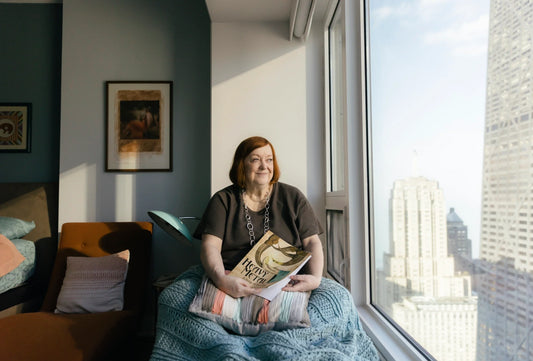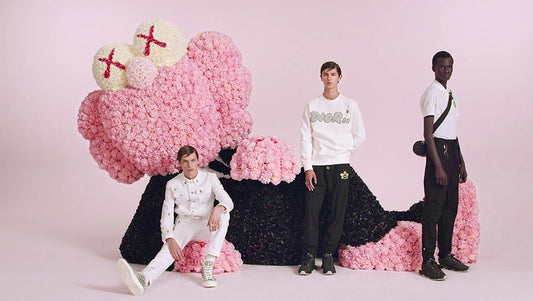In Roman Egypt, naturalistic panel portraits were mounted onto the cloths used to preserve upper-class mummies. These portraits, originally called Coptic portraits, covered the faces of mummies before burial. The Fayum mummy portraits, named for the fertile region of northern Egypt, are some of the only surviving panel portraits from the Classical world. Because the portraits were completed during an imperial era in which Egypt became a province of the Roman empire, they represent a pluralistic, multicultural tradition that combined Egyptian funerary practices with Greco-Roman artistic and fashion styles.
Egypt’s arid climate allowed for the portraits to be preserved in remarkable conditions. In the nineteenth century, the Egyptomania movement marked an increased interest in ancient Egyptian culture. During this fascination, the mummy portraits were separated from the bodies and sold on the European art market. Europeans were fascinated by the portraits’ realism, citing them as the ancestors of the European painting tradition.

Though the paintings are ancient, there are some interesting aspects of them that continue to fascinate modern audiences. The paintings are incredibly detailed—they have been crafted with careful hands to honor the legacies of affluent Roman Egyptians. They appear as artwork that would be hung on a wall and presented to viewers. However, they were buried with the body, never to be seen by an audience after the funeral rituals have ended, hidden from the art world until they were stolen from their graves. Additionally, despite their cultural difference, the people portrayed in the paintings look like people we may know. Their faces are familiar and incredibly detailed, making the paintings feel much more contemporary than ancient.


The issues arising from presenting Fayum mummy portraits in museums and galleries involve both respect and honor for the individuals that the paintings intimately represent, as well as an appreciation for the time, care, and talent involved in creating the pieces. Last year, the university research gallery at Harvard art museums curated an exhibition of the portraits, complete with sculptures, burial shrouds, and an imagination of what the ancient artists’ tools and mediums might have been. The exhibit, which ran from August to December 2022, was a fascinating glimpse into the lives and deaths of ancient Egyptians, highlighting their intimate and meaningful funerary traditions.
In a fascinating combination of ancient art and modern technology, several artists have recreated the Fayum mummy portraits using artificial intelligence and photo editing. For example, Canadian artist Daniel Voshart restored the portraits using photoshop before recreating them using the AI artwork generator Artbreeder for his Mummy Portrait Series. Additionally, Dutch photographer Bas Uterwijk also utilized artificial intelligence to construct hyperrealistic recreations of the portraits. These recreations highlight the humanity that each portrait displays, portraying each individual as they might have appeared to us in our current time.





